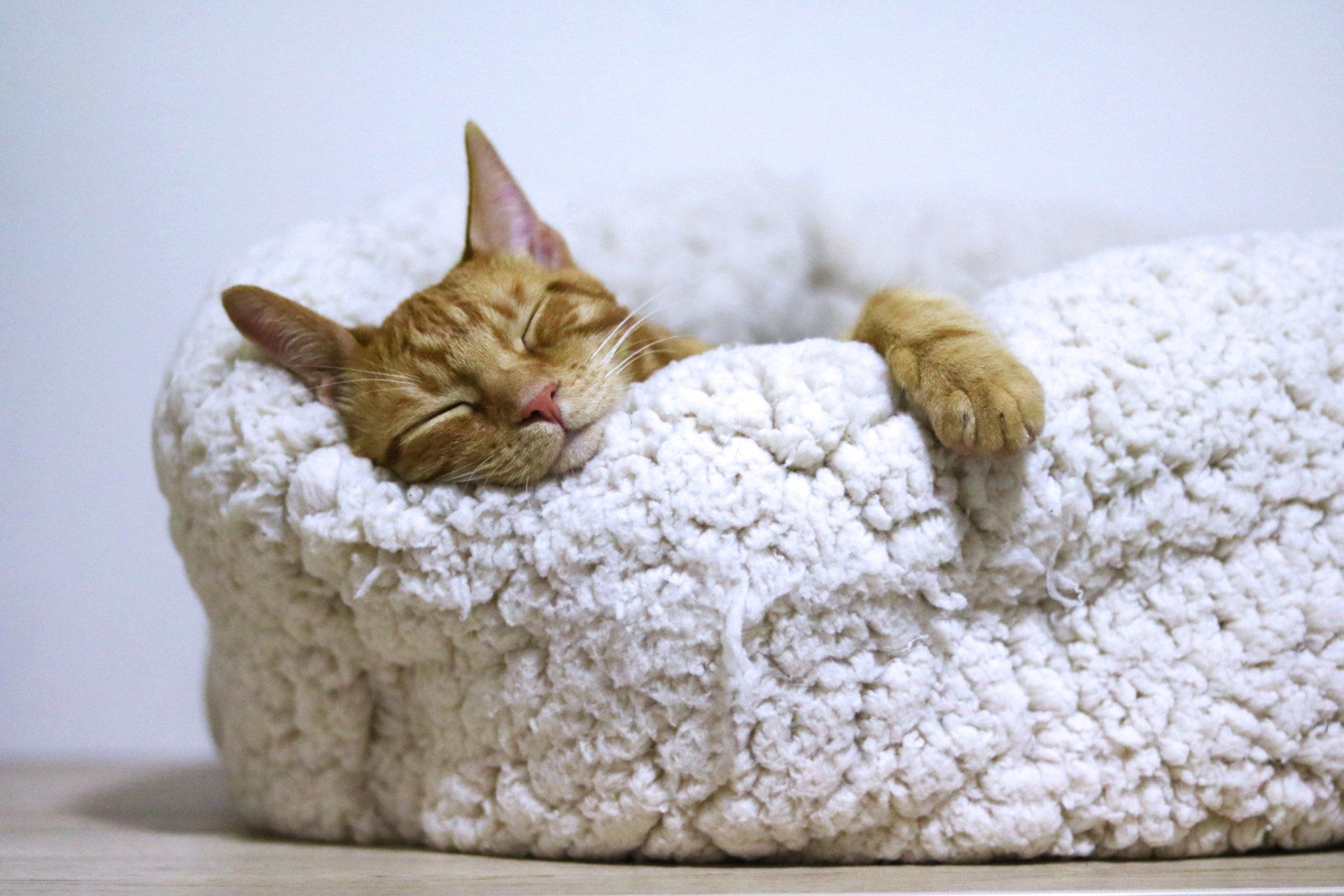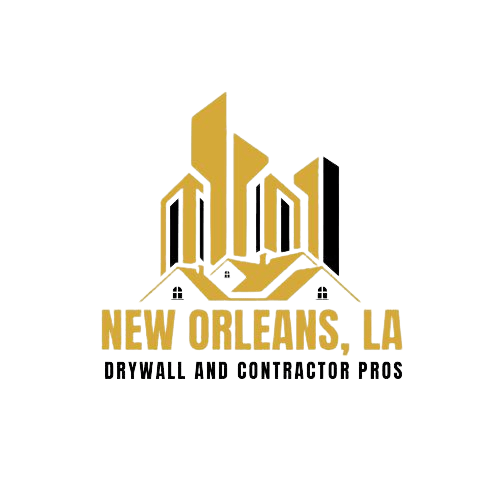Spray Foam Insulation: A Beginner's Guide to Sealing the Gaps
Unlocking Energy Efficiency: The Essential Guide to Spray Foam Insulation for Homeowners
Spray foam insulation is a cutting-edge solution for homeowners looking to enhance their home's energy efficiency, comfort, and overall structural integrity. This beginner's guide delves into the world of spray foam insulation, offering insights into its benefits, types, application processes, and more. Whether you're considering attic insulations or seeking solutions for sheetrock and drywall repair, understanding spray foam insulation can lead to significant improvements in your home's environment.

Understanding Spray Foam Insulation
Spray foam insulation, also known as sprayfoam insulation, is a chemical product created by mixing and reacting two materials that expand on contact with air to form a foamy substance. This expansion allows it to fill gaps, cracks, and voids, making it an ideal solution for sealing air leaks and adding insulation to your home. It comes in two main types: open-cell and closed-cell, each serving different insulation needs.
Open-Cell vs. Closed-Cell Foam Insulation
Open-cell foam insulation is lightweight and pliable, making it excellent for sound insulation and indoor applications where moisture permeability is not a concern. Closed-cell foam insulation, on the other hand, is denser, offers higher R-value (a measure of thermal resistance), and is resistant to water, making it suitable for both interior and exterior applications, including attic insulations and styrofoam insulation.
Benefits of Spray Foam Insulation
Spray foam insulation offers numerous advantages over traditional insulation materials like fiberglass or cellulose. Some of the key benefits include:
Energy Efficiency:
By sealing leaks and gaps, spray foam foam insulation significantly reduces air infiltration, leading to lower energy bills and a more comfortable indoor environment.
Durability:
Unlike traditional insulation materials that can sag or settle over time, spray foam insulation maintains its shape and effectiveness, providing a long-lasting insulation solution.
Moisture Barrier:
Closed foam insulation acts as a moisture barrier, preventing water and moisture from entering the home, which can help prevent mold and mildew growth.
Versatility:
Sprayable insulation can be applied in hard-to-reach areas, making it ideal for attic insulations, board insulation, and even for fixing gaps around windows and doors.
Installation Process
The foam insulation installation process involves a professional using specialized equipment to spray the liquid foam onto the desired area, where it then expands and hardens into a solid layer. The process is quick, but it requires expertise to ensure proper coverage and thickness. It's important to choose a reputable drywall repair service or insulation contractor who has experience with injected foam insulation to ensure the best results.
Application Areas
Spray foam insulation can be used in various parts of the house, including:
Attics:
Attic insulations with spray foam can significantly reduce heat loss, keeping your home warmer in winter and cooler in summer.
Walls: Injected foam insulation in walls can improve energy efficiency and reduce noise from outside.
Floors and Basements: Applying spray insulation in these areas can prevent cold floors and damp basements.
Drywall Repair: Spray foam can be used for sheetrock and drywall repair, providing both insulation and structural support.
DIY vs. Professional Installation
While some foam insulation types, like board insulation or styrofoam insulation, can be installed as a DIY project, spray foam insulation generally requires professional installation. Professionals have the necessary equipment and expertise to safely handle the materials and ensure an even, effective application. Additionally, some types of spray foam insulation, such as blown foam insulation and closed foam insulation, require precise control over the application process to achieve the best thermal and moisture barrier performance.
Choosing the Best Foam Insulation
When selecting the best foam insulation for your home, consider factors such as the area to be insulated, moisture exposure, and your specific insulation goals. Closed-cell foam offers the highest R-value and moisture resistance, making it ideal for exterior and moisture-prone areas. Open-cell foam, while less expensive, is best suited for interior applications where moisture is not a concern.
Conclusion
Spray foam insulation represents a versatile, efficient, and durable solution for homeowners looking to enhance their home's energy efficiency and comfort. By understanding the different types of spray foam insulation, their applications, and the benefits they offer, you can make informed decisions about improving your home's insulation. Whether you're addressing attic insulations, in need of drywall fixes, or looking to improve your home's overall energy performance, spray foam insulation is a valuable investment in your home's future.
Remember, while the initial cost of foam insulation installation may be higher than traditional insulation materials, the long-term savings on energy bills and the added comfort and durability it provides can make it a worthwhile investment. Always consult with a
professional insulation contractor to determine the best insulation solution for your specific needs and to ensure a safe and effective installation.




